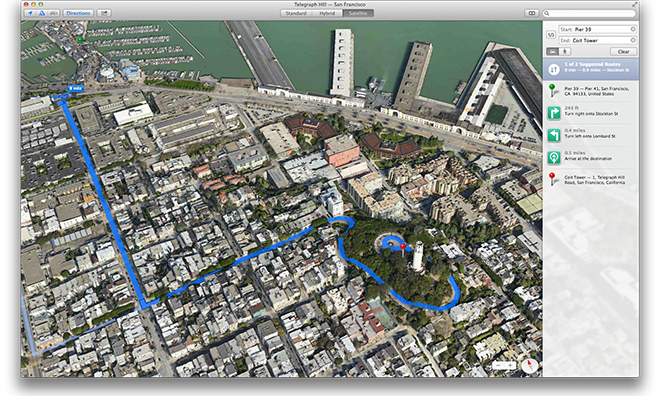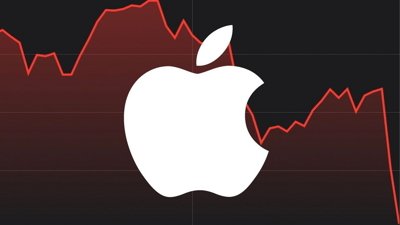A pair of job listings showed up on Apple's website this week looking for engineers qualified to implement new public transit-based features for the company's Maps app, which is now a part of iOS and OS X Mavericks.
The two Jobs at Apple postings, first spotted by MacRumors, seek a "Maps Public Transit Engineering Manager" and a "Maps C++ Software Engineer - Public Transit." Both listings were published on Monday.
Apple is expected to offer some sort of public transit information in a future build of Maps as it builds out the in-house mapping service. Competing navigation apps, including Google Maps, have had the feature for years.
As noted in one job description:
As a member of the Transit Routing team, you will work on one of the most anticipated features of Apple Maps. You will design and implement functionality that will be used by millions of users worldwide. Being part of a small team, you will have an influence on the future product.
Monday's job advertisements come two months after it was announced that Apple acquired Embark, an app and service company that offers public transit information for a number of metropolitan cities. The app was also highlighted by Apple as a stop gap solution for public transit directions after the company moved away from Google Maps.
In addition to the Embark buy, Apple earlier this year also purchased HopStop, an app that provides transit information for over 300 major cities, along with walking, car and bicycle routing.
Since Apple launched Maps with iOS 6, the service has come under fire for not being up to snuff when compared to the competition. Shortly after launching, users complained of erroneous information, UI bugs and other issues, prompting Apple CEO Tim Cook to issue a personal apology to customers, promising that the service would become more robust over time.
To that end, Apple has been constantly improving the app, the results of which can be seen in a more stable and feature-rich version that launched with iOS 7.
 AppleInsider Staff
AppleInsider Staff



-xl-m.jpg)



-m.jpg)






 Malcolm Owen
Malcolm Owen
 Marko Zivkovic
Marko Zivkovic

 Chip Loder
Chip Loder
 Christine McKee
Christine McKee
 William Gallagher
William Gallagher
 Amber Neely
Amber Neely



-m.jpg)






12 Comments
Well, hope we see apple maps get upgraded more, right now it is almost with google, but it's worthless unless it surpasses google.
I remain deeply disappointed with Maps. Perhaps this will help but, at the moment, Maps can't find the train station where I live (in the UK) so I don't hold out too much hope for the transit routing. (Yes, I've reported it to Apple .. twice). Kudos to Apple for persisting with Maps but I don't think they've yet understood the fundamental problems. Without a smart search engine and first-class imagery they will always struggle to match Google's results. They would be my "most anticipated" features.
Well, hope we see apple maps get upgraded more, right now it is almost with google, but it's worthless unless it surpasses google.
Really? I like Siri's integration, where with one click, I just have to speak an address. And the iPhone does the rest. :)
Just came back from a trip to the east coast, where I didn't have a car and went everywhere on foot and via transit. Didn't fire up Google Maps a single time. Relied entirely on Apple Maps for finding places, and the HopStop app for transit directions. Even though the apps are separate, they function well together. Presumably Apple's integrating HopStop into its Maps app, so things should work even more seamlessly.
Apple's Maps app isn't entirely there yet, but it has vastly improved from where it stood a year ago. For starters, they finally fixed most of the errors in my neighborhood, but it took close to 6 months after I first reported the errors before the first one finally got fixed. If anything needs a mass mobilization of resources, it's the response time in fixing erroneous and outdated business data.